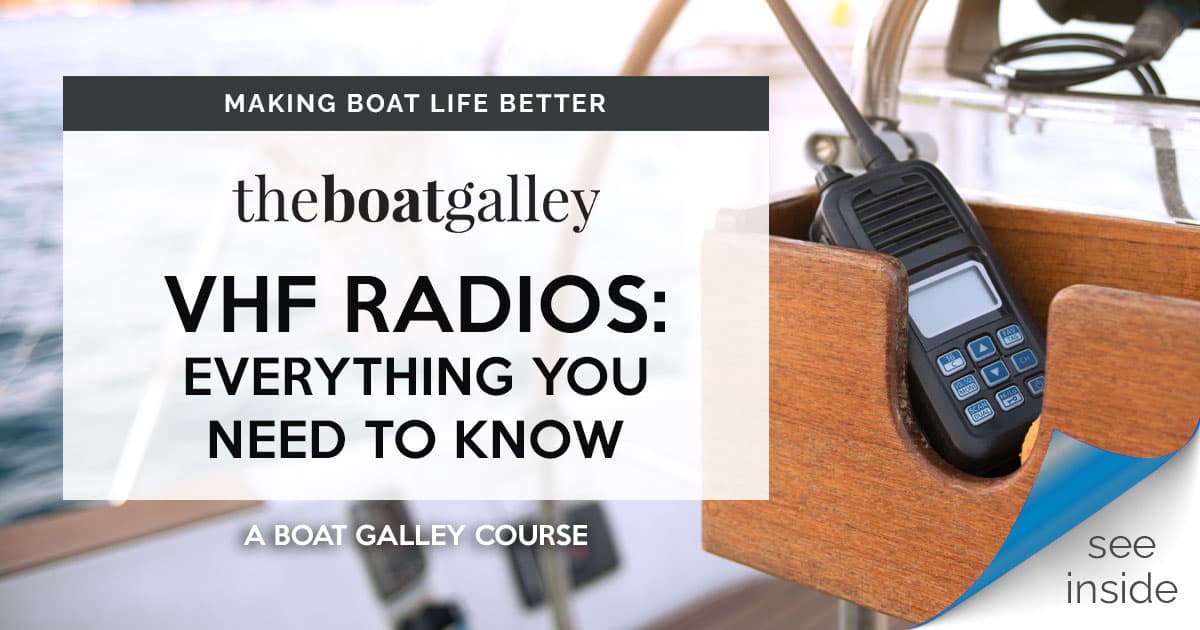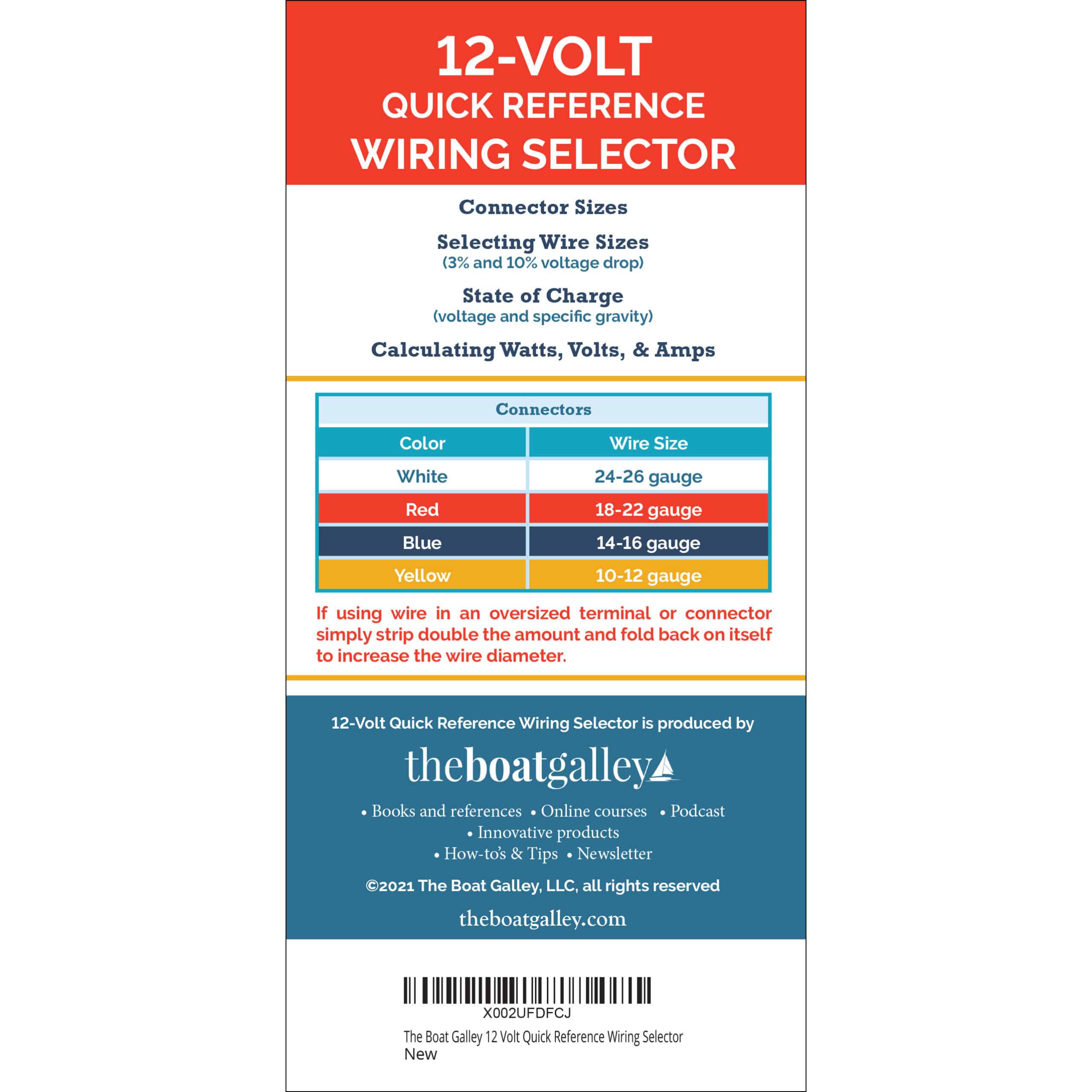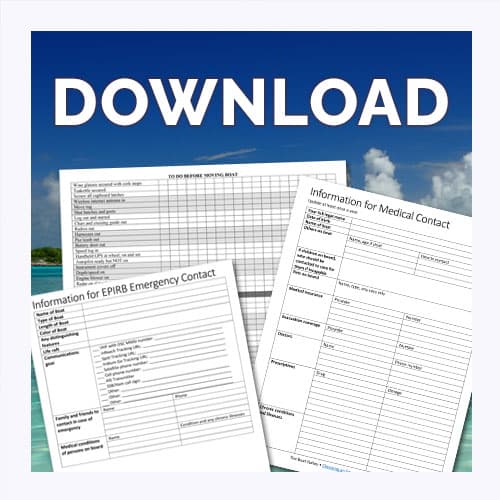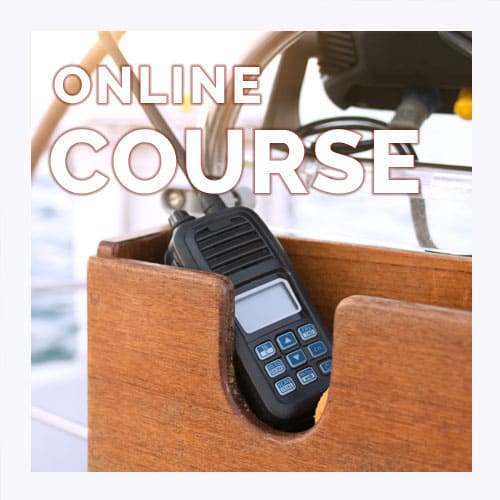Ahh. Troubleshooting boat electrical problems. So much fun! I think every boat owner has scratched their head at some point, wondering why something that worked yesterday doesn’t work today, or why the new gear they just installed won’t turn on. I find that in over 50% of the time, the item works – it’s just a wiring problem.
Troubleshooting Boat Electrical Problems – The Steps
Before calling a professional, do a bit of troubleshooting yourself. I’m not a marine electrician, but I do most of the electrical work on Barefoot Gal. Here’s what I do:
Troubleshooting – Do This First
- Start by making sure that the proper switches are on. Try the battery switch itself. Then check the electrical panel both for the main DC power and for the appropriate circuit. And then also on the item that’s not working. Yes, I’ve been known to do all the wiring checks only to discover that one of the switches wasn’t on. Talk about feeling stupid!
- Then make sure that the battery bank registers at least 12.0 volts. If not, charge the batteries.
- Disconnect the item from the wire and use a multimeter on the wire to see if power is getting to the item. If there is power but it’s less than 12.0 volts, see the very last section below on low voltage.
If No Power is Getting to the Item
Did you follow the previous steps and there’s still no power getting to the item? Then follow these next steps:
- See if there is a fuse in the wire and if it has blown. If so, it will need to be replaced – but you also need to figure out why it blew.
- When replacing a fuse, I try to go back to the documentation for the gear in question. What size fuse do they recommended? Someone in the past may have substituted a too-small fuse because they didn’t have the correct size. If so, this probably explains why it blew. However, you don’t want to use a larger fuse than recommended, as it may not blow in case of an overload. This is a fire risk.
- Look for loose connections, broken or chafed wire and wire not firmly in any crimps (it should not come out or even wiggle if you tug on it). Also look for corrosion on connections. If there is tape over a connection, remove it to check for corrosion. Connections that are shrink-wrapped are unlikely to have a problem, so I don’t cut them apart unless I just haven’t found anything else. If any problems are found, repair the connections and clean corrosion. If the wire itself is corroded, re-do the connection, cutting the wire back to where it is good. Be sure to turn off the circuit when doing any work on the wire, then turn it back on to test!
- Test again and see if power is getting to the end of the wire. If no power is getting there, look for additional problems. Be sure to check the entire wire including connections to bus bars.
- If power is getting to the end of the wire, hook the item back up and see if it works.
Breaker or Inline Fuse Trips Again
- If a breaker or inline fuse blows again, check that the wiring size is appropriate for the item in question. Check the amp draw of the item. It’s required to be on the item. And also check the distance (as the wire runs, not straight-line) from the batteries to the item. Then use a chart such as our 12V Wiring Selector to see the minimum size wire needed for a 3% or 10% voltage drop, as appropriate for the item (our charts tell which voltage drop is allowed for various types of equipment). Check the wire to make sure that it is at least that size. With wire, the smaller the number, the larger the wire, so you want to make sure it’s the number shown in the table or a smaller number. If the wire is too small, you’ll have to run new wire of the correct size. NOTE: someone previously using too-small wire is more common than you’d think. It’s particularly common on items that were not professionally installed. A prior owner may have just used whatever wire they had available or perhaps didn’t know how to determine the proper size.
If Power is Still Not Getting to the Item
If after following the above steps, power is getting to the item but it’s still not working, you have three possibilities:
- Check for a blown fuse in the item and replace if necessary.
- A switch, wire, or connection inside the item may be broken or corroded. You may be able to find it and fix it or not. We’ve had to replace switches on several light fixtures.
- The voltage getting to the item may be insufficient. Many items have voltage sensors which will prevent the item from operating and possibly damaging itself if the voltage is too low. Voltage sensors are common in electronics, refrigerators and freezers, watermakers, and inverters. But they can be in other items as well. If they do, there is usually a low-voltage trouble light. Check owners’ manuals to determine if there is a voltage sensor and where any warning lights may be. You can also use your multimeter to check the voltage getting to the item. If the voltage is low (and the battery voltage is good), it can be a poor connection, corrosion, or too-small wire – see info on all these above. Once you’ve made any necessary repair, hook the item up and see if it now works.
Troubleshooting Boat Electrical Problems – The Last Resort
If it doesn’t work now, the problem is in the item itself. It may be able to be repaired; it may not. Depending on what it is, you may want to consult the company or a professional before just replacing it. The steps above should avoid unnecessary calls to the pros.

Carolyn Shearlock has lived aboard full-time for 17 years, splitting her time between a Tayana 37 monohull and a Gemini 105 catamaran. She’s cruised over 14,000 miles, from Pacific Mexico and Central America to Florida and the Bahamas, gaining firsthand experience with the joys and challenges of life on the water.
Through The Boat Galley, Carolyn has helped thousands of people explore, prepare for, and enjoy life afloat. She shares her expertise as an instructor at Cruisers University, in leading boating publications, and through her bestselling book, The Boat Galley Cookbook. She is passionate about helping others embark on their liveaboard journey—making life on the water simpler, safer, and more enjoyable.
Your VHF can do so much! Learn how to use ALL its features for just $39:












Alan Schnur says
How many hours should this take for a boat repair person to finally determine that it was high resistance in the ground cable going to the bus bar? My shop said it took 4.5 hours.
Carolyn Shearlock says
Wow. Total time will depend on the exact wiring configuration but I’m an amateur, not a professional, and I think I’ve always found wiring problems such as that within an hour, generally less.
Alan Schnur says
Thanks so much for your reply. So far no one else has replied. If you don’t mind I would like to ask what you mean about being an amateur? If you mean a “do it yourself” type, what is your approach to solving these issues? Google? YouTube? That’s what I usually do but unfortunately they did the repair without getting my permission first. So I’m trying to get a consensus from people like us amateurs and hopefully some that are qualified and trained to work in a marina service department.
Carolyn Shearlock says
Yes, DIY. Not professional as in “I don’t get paid for this.” I learned through Don Casey’s books and also Nigel Calder’s.
If you didn’t authorize the work, you shouldn’t have to pay for it.
John says
We are new to boating. In Feb. ’23 we purchased a pre owned ’21 NauticStar 243DC with only 55 hours on it. Almost from the start the main electrical power would go off if we had the stereo and navigation console on, then a few minutes later it would come back on again. We didn’t think too much about it, but now with only running navigation it turns off and on repeatedly. Seems like there should be a simple fix, but I can’t find any information. Any suggestions would be appreciated.
Carolyn Shearlock says
First guess would be a loose connection either coming from the batteries to the main panel or possibly the ground. Start by checking and tightening absolutely everything.